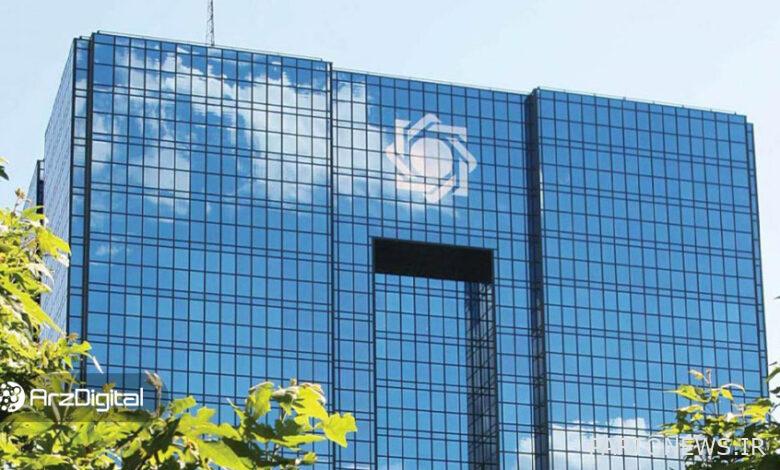“currency” was defined in the Central Bank Law; Regulating and monitoring transactions of the central bank

In the law of the central bank, which was recently promulgated by the president, the term “cryptocurrency” was defined for the first time in the country’s regulatory system; However, it is still not clear what exactly this definition includes. The content of this law shows that the central bank is responsible for regulating and supervising cryptocurrency exchanges.
The Central Bank Law, which was approved by the Islamic Council in the public meeting on June 30, 1402, and was found to be compatible with the system’s expediency in mid-November by the Expediency Council, was sent to the relevant institutions on December 11, 1402 by Ebrahim Raisi, the President. It was announced.
The law of the central bank, which specifies the duties, objectives and powers of this government organization, also provides a definition for the term cryptocurrency.
Clause “Z” of Article 2 of this law is dedicated to the definition of the nature of cryptocurrency and it is written in it:
Cryptocurrency: It is a type of digital (digital) encrypted money that is created and exchanged in a decentralized manner on the basis of a shared database in a centralized (central bank-centered) or decentralized manner.
The central issue of this definition is that it is still not clear whether the legislator’s definition of cryptocurrency includes cryptocurrencies like Bitcoin. The next issue is whether some digital assets are actually considered “money” under this definition, or whether cryptocurrencies such as Bitcoin are recognized as “assets” and are not covered by this law.
Item 13, Paragraph “A” of Article 4 of this law, which specifies the duties and powers of the Central Bank, considers “regulation in the field of cryptocurrencies and supervision of their exchange within the framework of the relevant laws” as the duty of the Central Bank.
Paragraph “b” of the same article is dedicated to the powers of the Central Bank and it is stated in it that “the creation and development of markets consisting of currency and authorized cryptocurrencies” is within the scope of the powers of the Central Bank and, in addition, “deciding on the permission or lack of permission to hold and exchange All types of cryptocurrencies are under the responsibility of the Supreme Council within the framework of the law.
Article 59 of this law is also considered one of the key sections related to cryptocurrencies, in which it is said:
The central bank is solely responsible for issuing the required instructions in the field of payment systems, new financial technologies related to payment instruments and cryptocurrency, as well as institutions active in these fields. Institutions active in the aforementioned fields are considered “persons under the supervision” of the Central Bank, and their establishment and activities are subject to obtaining a license from the Central Bank. Also, these institutions are obliged to provide all their information, statistics and documents according to the Central Bank’s request, in the order desired by the Central Bank.
From this article, it can be concluded that the central bank is exclusively responsible for the regulation in the field of cryptocurrencies and the businesses active in this sector must also operate under the supervision of the central bank.
The next incomprehensible issue is that earlier in the strategic document of Iran’s virtual space, the Ministry of Economy was introduced as the custodian of “the design of the cryptocurrency system, including the creation of a national cryptocurrency and the organization of the use of universal cryptocurrencies” and now due to the lack of definition of cryptocurrency in the law of the Central Bank, It is not clear whether there has been a conflict in defining the responsibilities of the Central Bank and the Ministry of Economy.
Click to view the complete file of the Central Bank Law.

